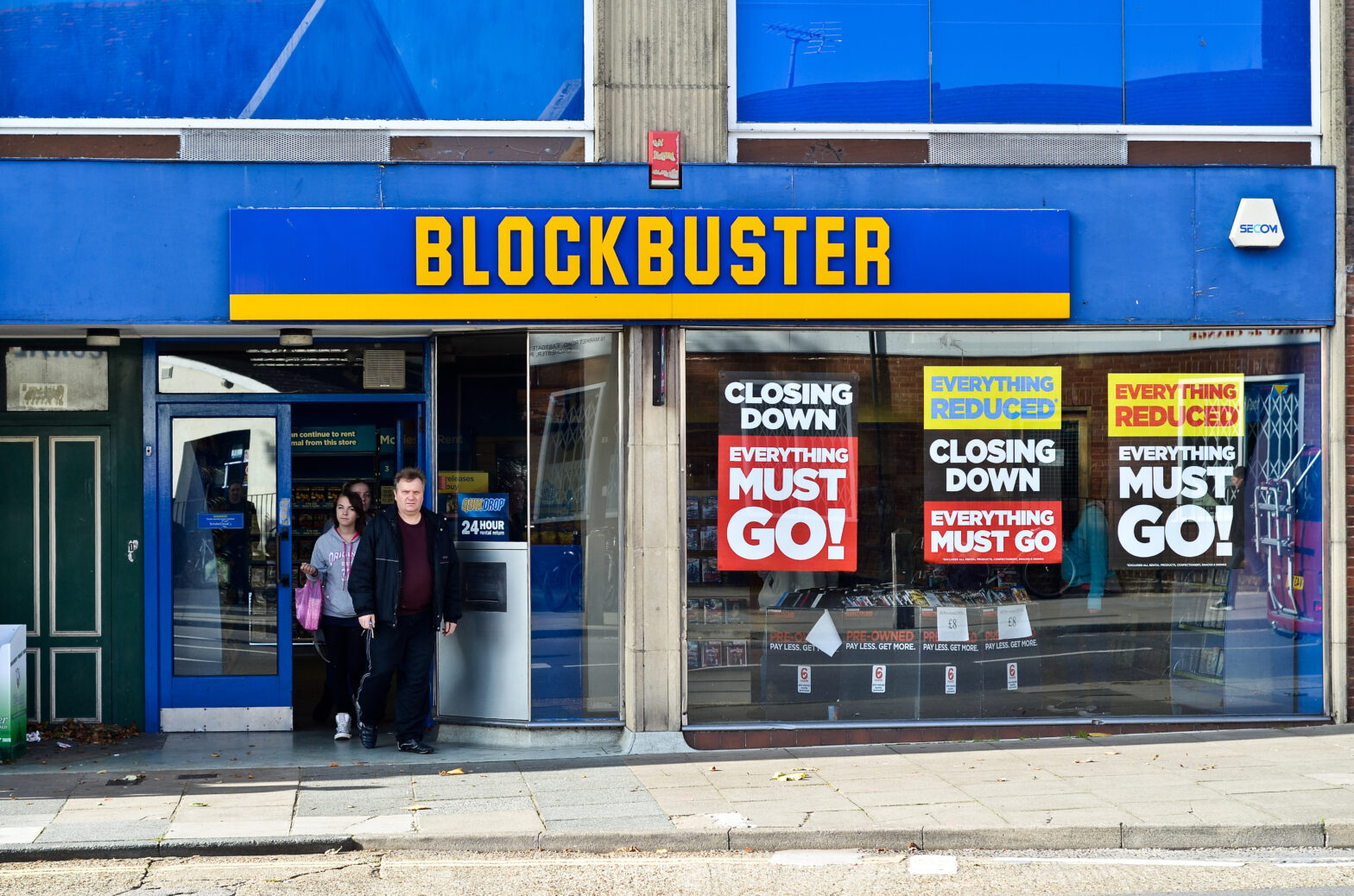Have you ever wanted to start your own mini revolution? Join the disrupters’ club. The last decade has been a hotbed of disruptive activity, led by pioneers who’ve taken an industry standard and turned it on its head to create a newer, more agile business model.
Disruption usually goes hand in hand with innovation, undermining the position of existing market leaders and ‘flipping’ the established model to create a new norm. There’s no regular formula for disruption and it’s not the same in every industry. It can even happen ‘accidentally’ as a side effect of another business driver – the need to reduce capital expenditure costs or to find a more environmentally-friendly production process, for instance.
Necessity is often the mother of invention, so some of the most impactful disruption arises when agile businesses are looking for more cost-effective ways of serving their customers or are keen to find fresh ways to deliver their products and services to a wider audience. This broader, more imaginative approach can lead to massive advancements over a surprisingly short period of time.
Disrupters don’t just change processes, they alter the way we think about things, advancing development not in teeny tiny steps but in great leaps and bounds. Companies like Netflix, Uber and Airbnb don’t simply redesign products and redefine services; they flip the existing hierarchy and move the goalposts to the other side of the field.
If you’d like to dabble in a little disruption of your own, you’ll need to skew your view:
1. Think differently
Be innovative and stray from the path of conventional wisdom. If you want to do it differently, don’t plough the same furrow as everyone who has gone before you or you’re likely to find yourself in the exact same ditch. Blockbuster probably didn’t see Netflix as a competitor when they were renting out DVDs but I bet they wish they’d been the ones to come up with the idea of streaming films.
As well as thinking differently, most disrupters also believe in thinking bigger. Once you’ve spotted a way to deliver an innovative solution to your existing customers and considered how you can bring the benefits to new customers, you can start to imagine other ways of using your idea – perhaps adapting it to a different market. Prescription eyelash thickener, Latisse, actually began life as a treatment for glaucoma but patients noticed a marked improvement in lash growth which instantly created a new – and ultra-lucrative – cosmetic market.
2. Look for problems
Examine your industry’s pain points and start thinking about how you could solve them. A product or service that provides tangible benefits to customers will have a ready market. Be analytical and look at what’s lacking in existing solutions; a fresh approach could revitalise a declining industry and propel it forwards. Take an outsider’s view and you’ll be more likely to see what’s not working.
At my company, we had already identified a problem with the business transfer market. The market is typified by high fees and dodgy, underhanded tactics (there is even a Mirror campaign directed against shady agents). Our response was to launch an online platform that empowers the seller to find a buyer and complete their sale without the need for agents.
3. Answer questions
Answer your customers’ questions. Answer honestly and keep doing it. If you become a trusted source, you’ll not only build a loyal following but you’ll know what the burning questions of the day are. And when you know what customers are asking for, you’ll know what problems you need to solve. You might need to create new products – or to innovate new delivery mechanisms for existing products – but you’ll be in the right place to do it.
We developed Bizdaq in response to a need we knew existed because of the questions our customers asked. We’re also building a database of articles that address the concerns we know buyers and sellers have. It’s a free resource we’re happy to provide because we’d like customers to be as well-informed as possible and we have decades of expertise to share.
4. Simplify
Disruption can be as simple as improving processes through the application of new technology. If you can streamline systems to deliver a faster, more efficient service – in any market sector – you’ll have customers queuing up.
Consider PayPal. Before PayPal existed, the only way to pay for goods and services online was by card or bank transfer. It was one of the issues preventing a great many potential shoppers from buying over the internet. The lack of a simple, safe method for small traders to take payment online also hampered the sales process. PayPal disrupted the traditional system, resolving customers’ security concerns and reducing transaction times in one fell swoop.
5. Cut costs
Businesses are always looking to reduce their overheads. If you can create a solution that’ll save money, you’ll win plenty of admirers. Obviously, the more radical the cost saving, the more disruptive your innovation. Your idea might save man hours or it might save on technology investment costs – what if you could create an app that performed the same function as a £20,000 piece of technical kit?
It often takes a radical change to breathe new life into a stagnant industry. Taking the path of the disrupter not only shakes things up, it can reinvigorate broader development, creating jobs as well as hope.
Jonathan Russell is marketing manager of Bizdaq.





